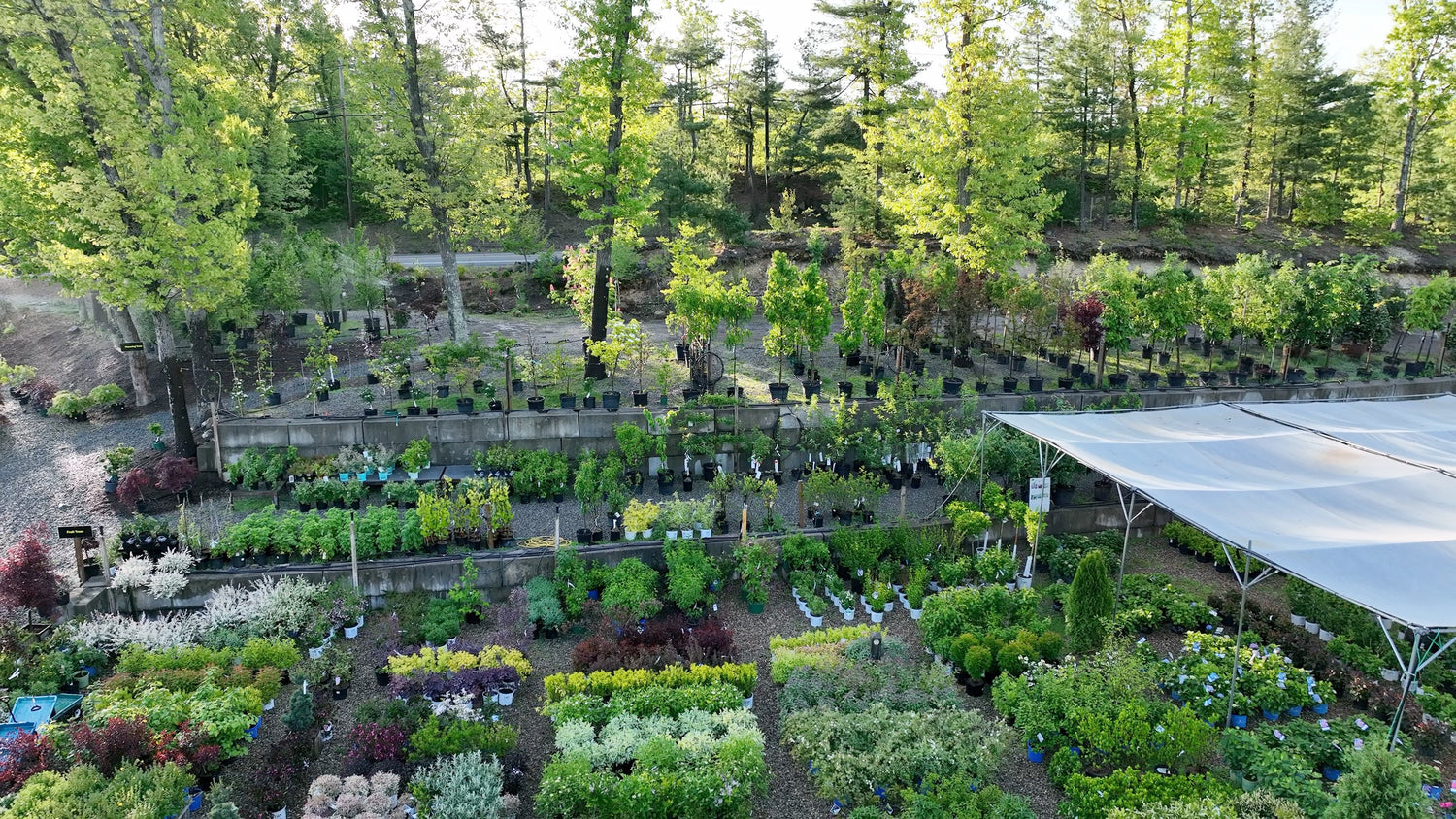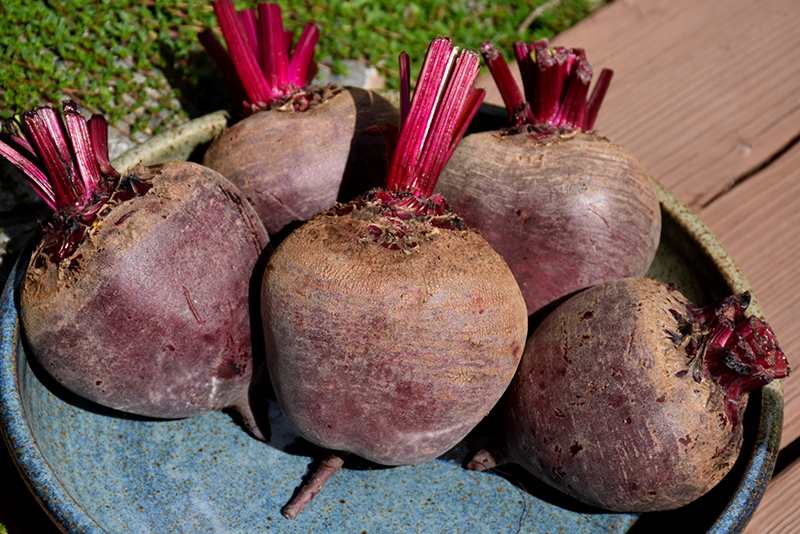Plant Guide
Height: 12 inches
Spacing: 8 inches
Sunlight:
![]()
Hardiness Zone: (annual)
Description:
A perfect variety for an all purpose beet; produces large round and uniform, dark red beets that are sweet and crunchy; tops can be used in salads or sautéed, while roots are delicious roasted, pickled or made into soup
Edible Qualities
Red Ace Beet is an annual vegetable plant that is typically grown for its edible qualities. The entire above-ground parts of the plant are edible, and are usually harvested from mid summer to early fall. The edible parts have a sweet taste and a firm texture.
The plant is most often used in the following ways:
- Fresh Eating
- Eating When Cooked/Prepared
- Cooking
- Baking
- Pickling
Planting & Growing
Red Ace Beet will grow to be about 12 inches tall at maturity, with a spread of 6 inches. When planted in rows, individual plants should be spaced approximately 8 inches apart. This fast-growing vegetable plant is an annual, which means that it will grow for one season in your garden and then die after producing a crop. Because of its relatively short time to maturity, it lends itself to a series of successive plantings each staggered by a week or two; this will prolong the effective harvest period.
This plant is typically grown in a designated vegetable garden. It should only be grown in full sunlight. It does best in average to evenly moist conditions, but will not tolerate standing water. It is not particular as to soil pH, but grows best in rich soils. It is somewhat tolerant of urban pollution. This is a selected variety of a species not originally from North America.
Red Ace Beet is a good choice for the vegetable garden, but it is also well-suited for use in outdoor pots and containers. It is often used as a 'filler' in the 'spiller-thriller-filler' container combination, providing the canvas against which the larger thriller plants stand out. Note that when growing plants in outdoor containers and baskets, they may require more frequent waterings than they would in the yard or garden.



